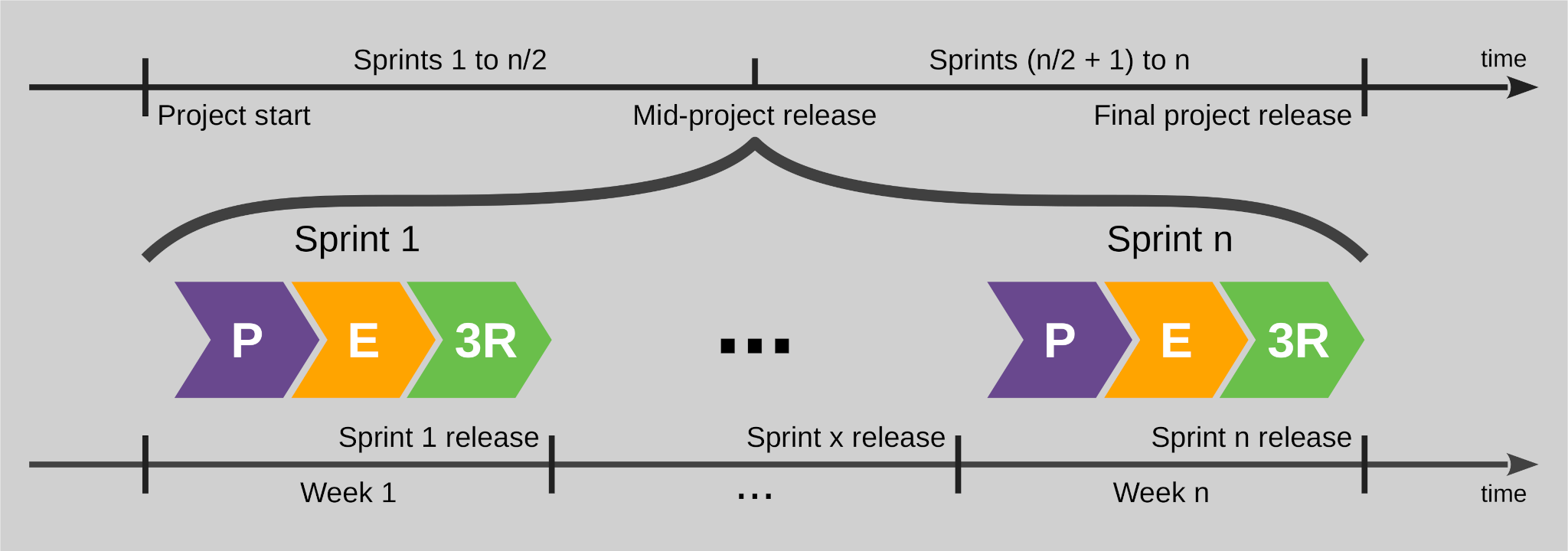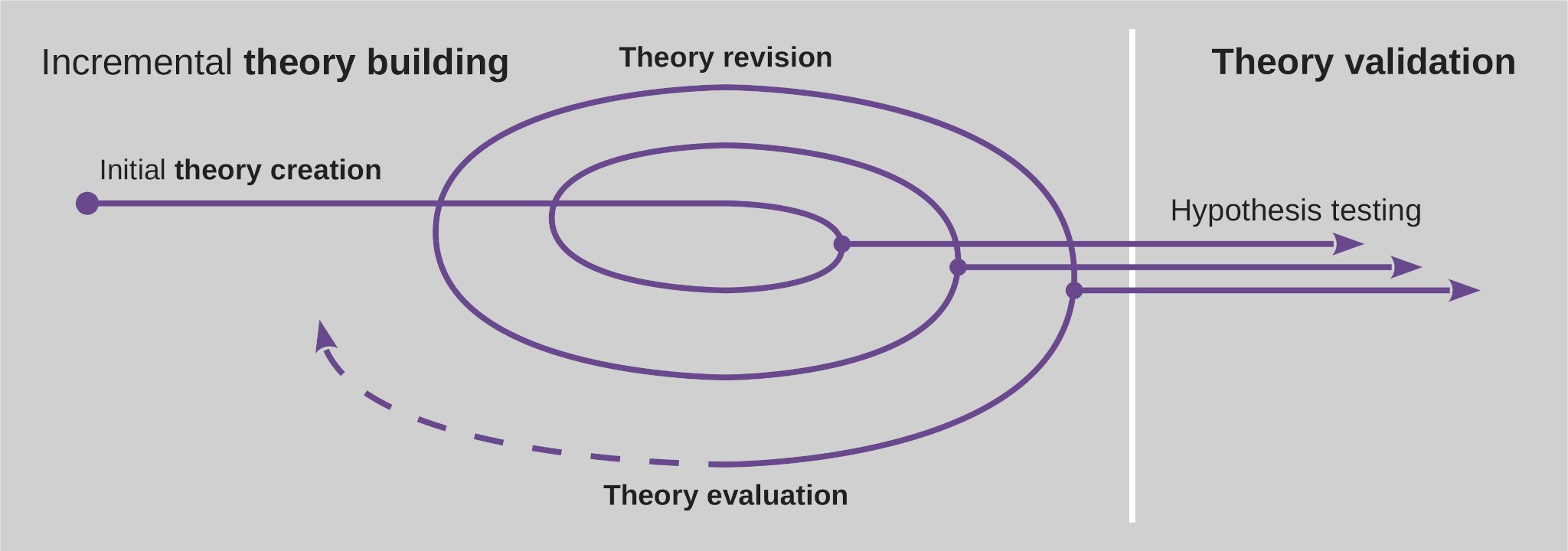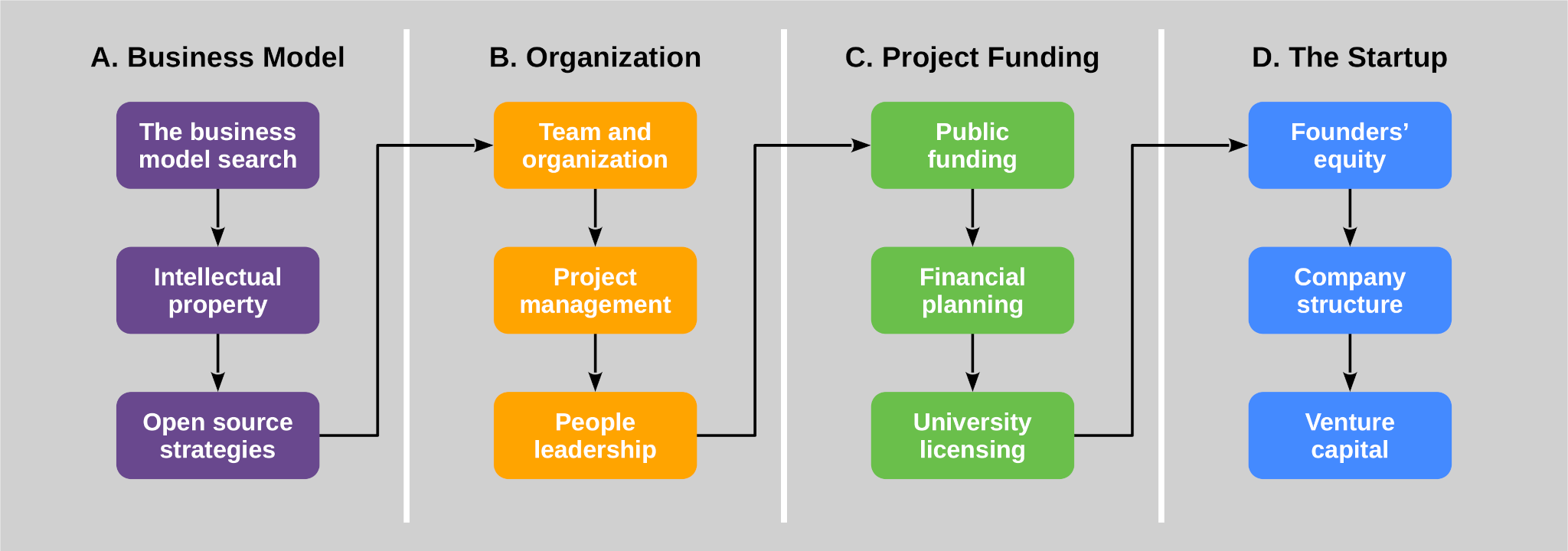You may be familiar with The AMOS Project, our university course in which student programmers develop open-source software for our industry partners. The effort is substantial: Student teams are of size 7-10 computer science students (usually Master’s students); each student has to put in 270-300 hours of work over the course of the project (three months). That’s more than 2500 person hours (or 300 person days)! Project requirements are provided by our industry partners. Companies use AMOS projects to recruit computer science students, to benefit from student innovation, or simply to get work done.
We have been at it since the beginning of my professorship and you can find the results of the last ten years on GitHub at https://github.com/amosproj (more than 100 projects!) and on https://oss.cs.fau.de/tag/amos-project-reports.
We have changed The AMOS Project over the years to make it work better.
- With about 400 students applying every semester, we have increased the team size to nine students: Six software developers, two product owners, and one Scrum Master. The increased team size (and our selection and team formation process) ensure high quality open-source software at the end. This has significantly stabilized reliable quality outcomes of a project.
- We also switched to static roles: Students play either the software developer or product owner or Scrum Master role and don’t switch between them. This has led to consistently higher engagement and quality.
- We increased our reach: In addition to FAU Erlangen, students now hail from TU Berlin and FU Berlin. We are always working to get more universities and degree programs on board.
- We added a course for agile coaches: Students who previously played the product owner or software developer role are allowed to return as a Scrum Master for an AMOS project, but in a separate course on agile coaching. In this course they learn the ins and outs of being an agile coach and in particular a Scrum Master, focused on process improvement of the AMOS project team assigned to them.
The most important change, however, is not one that we performed. The most important change is that our industry partners started to return. In the early years, every semester there were new industry partners.
- Past project partners started to return: We observe that the first companies in line to play the customer role in an AMOS project are companies that had already undertaken an AMOS project before. All four projects last semester (summer 2025) were with returning industry partners. Of four projects the semester before that (winter 2024/25), two were with returning industry partners. The first project request for the upcoming semester (winter 2025/26) is from a returning company.
Not surprisingly, we are very happy about this development.
We also observe specific types of projects. There are the pure innovation projects, in which a company wants to see what students can come up with (in terms of ideas). There are the learning projects, in which a company works with the student team to understand a novel technology before they use it in regular research & development. And most surprisingly, but also fairly frequent by now, there are the new product feature projects, in which companies have the student team prototype a new product or a new major product feature. On this last type of project, one would have thought that companies would worry about the public nature of The AMOS Project (we are developing open-source software after all!), but they (rightfully) don’t.
If you would like to learn more about the details of The AMOS Project, you can read up about it at https://uni1.de/amos/info or reach out by email or phone.
We are now looking for new open source project ideas and industry partners for the upcoming winter semester 2025/26. Please be in touch!











Leave a Reply